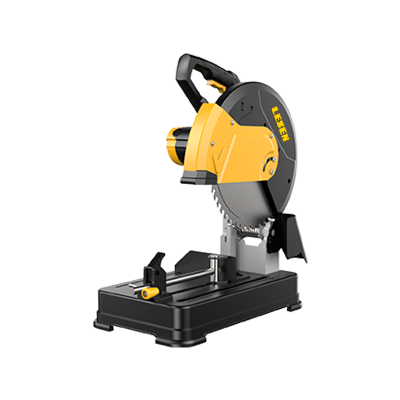
Using a metal cutting machine requires careful attention to safety to prevent accidents and ensure a smooth workflow. Operators must follow certain safety guidelines every time they work with these machines. Proper precautions not only protect the user but also help maintain the equipment in good condition, which is essential for consistent performance.
Before starting any operation, it is important to inspect the metal cutting machine thoroughly. Checking for any damaged or worn parts can help avoid unexpected breakdowns and dangerous situations. Operators should also make sure that all guards and safety devices are properly installed and functioning. These protective features are designed to reduce the risk of injury by keeping hands and clothing away from moving parts.
Personal protective equipment (PPE) plays a critical role in safeguarding users of metal cutting machines. Wearing safety goggles protects the eyes from flying metal chips and sparks, which are common during cutting processes. Gloves can protect hands, but they should be used carefully, as loose gloves might get caught in the machinery. Hearing protection is also recommended in environments where noise levels are high due to machine operation.
Proper training is essential for anyone operating a metal cutting machine. Operators should understand the machine’s functions, controls, and emergency stop procedures before use. This knowledge helps prevent errors and enables quick responses if something goes wrong. In addition, clear communication between team members around the workspace reduces risks associated with distractions or misunderstandings.
Maintaining a clean and organized work area around the metal cutting machine is another important safety measure. Metal scraps, oil spills, and other debris can create slipping hazards or interfere with the machine’s operation. Regular cleaning schedules should be followed, and any spills or clutter should be addressed immediately. Good housekeeping helps keep the work environment safe and efficient.
When setting up the machine for a cutting task, operators should secure the metal piece firmly using clamps or vices. This prevents the material from moving unexpectedly during the cutting process, which could cause inaccurate cuts or injury. It is also important to select the correct cutting tool and speed settings based on the material type and thickness to avoid undue stress on the machine or tool breakage.
During operation, staying focused and avoiding distractions is vital. Operators should never leave the machine running unattended. If adjustments are needed, the machine should be stopped completely before making any changes. Emergency stop buttons should always be within easy reach to allow immediate shutdown if necessary.
After completing the work, turning off the metal cutting machine properly and cleaning the equipment can prevent damage and prolong its life. Removing metal chips and lubricating moving parts as recommended helps maintain smooth operation. Reporting any issues or unusual noises to maintenance personnel promptly ensures the machine remains safe to use.
Following safety guidelines every operator should follow when using a metal cutting machine is essential for personal protection and operational efficiency. Regular inspections, using appropriate PPE, proper training, maintaining a clean workspace, securing materials, and careful machine handling all contribute to safer metal cutting processes. Adhering to these practices reduces the risk of accidents and helps the metal cutting machine perform reliably over time.
